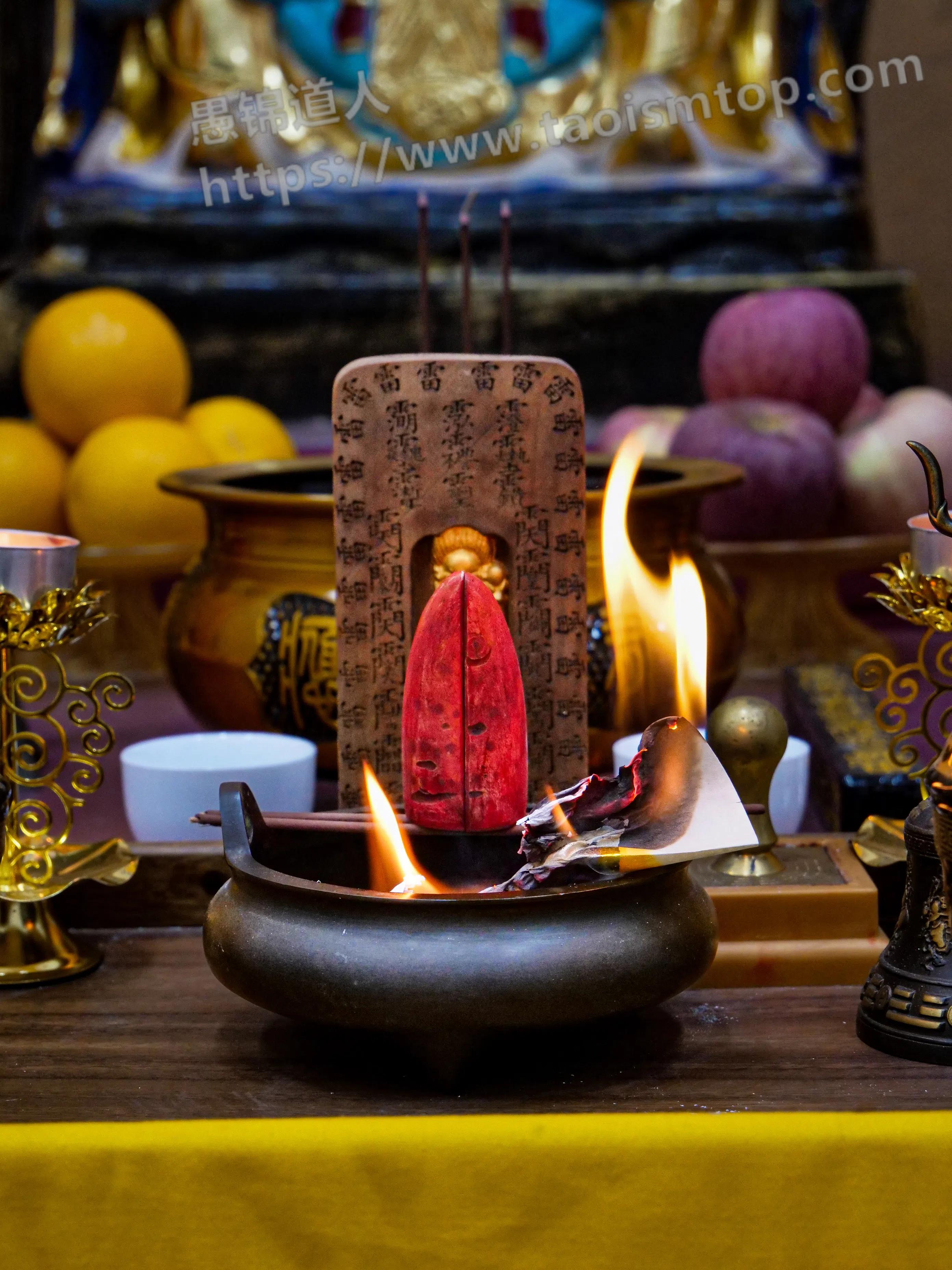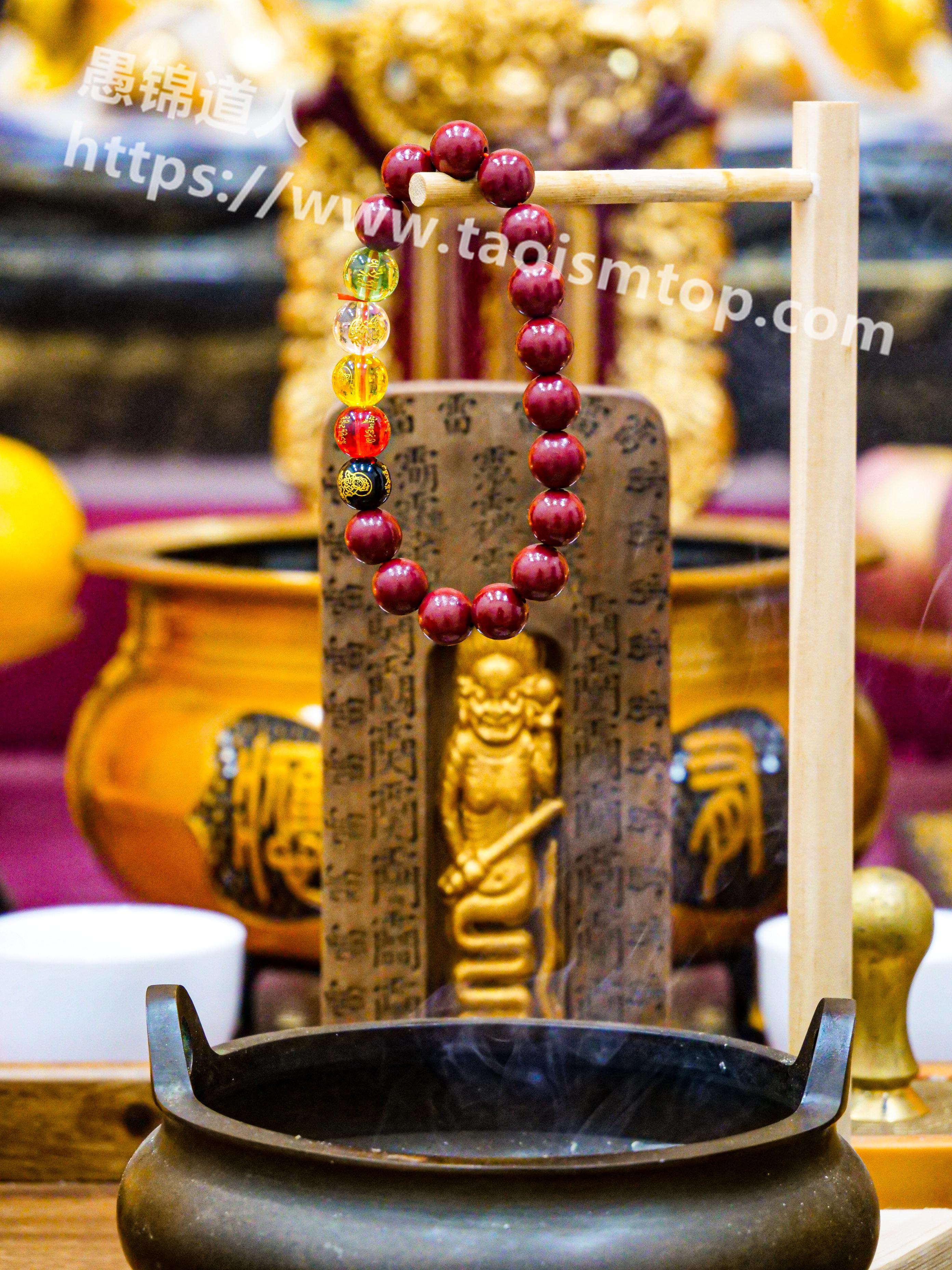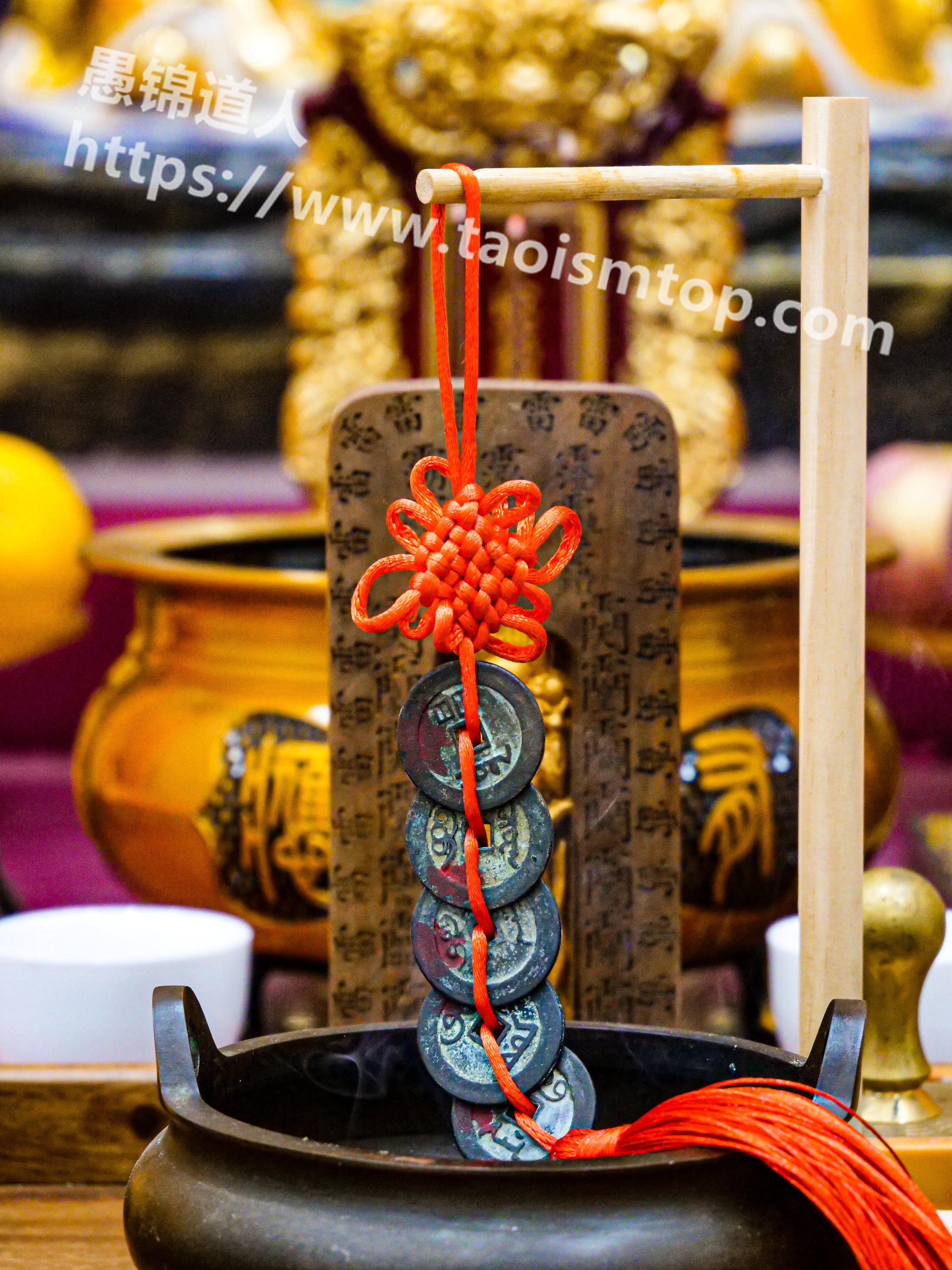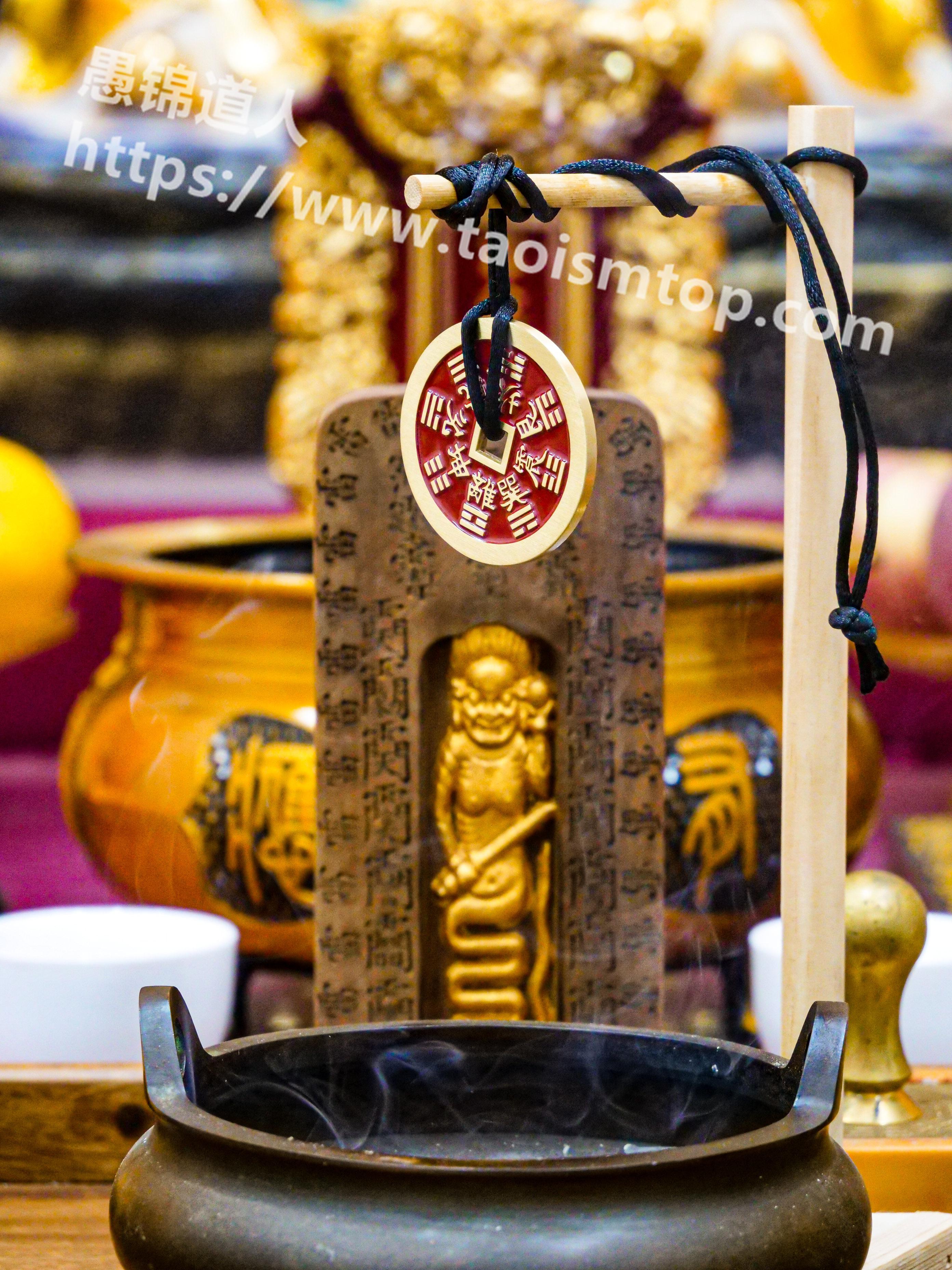Colorful Gold Paper New
$19.9
In stock
Xiamen, Fujian, China.
0 Reviews
Colorful Gold Paper - Dao contains colorful splendor and is full of auspiciousness
Colorful gold paper is like a brilliant ray of light, shining with mysterious charm. Incorporating Taoist elements makes it even more extraordinary.
In Taoist concepts, the seven colors symbolize the harmony and abundance of all things in the universe. Each color contains specific energy and meaning. Colorful gold paper, with its colorful hues, gathers the auspicious qi between heaven and earth.
Gold represents nobility, light, and wealth. The golden light on colorful gold paper is like the brilliance of Dao, emitting powerful positive energy. It can drive away evil, bring blessings, and bring wealth and honor to people.
In Taoist sacrificial ceremonies, colorful gold paper is regarded as a sacred offering. Burning colorful gold paper is like presenting the most magnificent gift to the gods, expressing the living's reverence and gratitude to the gods. The curling smoke rises, carrying people's wishes and flying to the sacred realm.
The production process of colorful gold paper is exquisite. Each piece of paper condenses the efforts of craftsmen. The delicate textures and beautiful patterns highlight the artistic beauty of Dao. It is not only a sacrificial item but also a work of art, allowing people to appreciate the charm of beauty while feeling the sacredness.
Whether used for sacrificing ancestors or worshipping gods, colorful gold paper is an ideal choice. It allows people to understand the mysteries of life and experience the fullness of auspiciousness under the guidance of Taoism.
Let colorful gold paper become a bridge for you to communicate with the gods, feel the colorful splendor of Dao, and welcome the arrival of auspiciousness.
Colorful gold paper is like a brilliant ray of light, shining with mysterious charm. Incorporating Taoist elements makes it even more extraordinary.
In Taoist concepts, the seven colors symbolize the harmony and abundance of all things in the universe. Each color contains specific energy and meaning. Colorful gold paper, with its colorful hues, gathers the auspicious qi between heaven and earth.
Gold represents nobility, light, and wealth. The golden light on colorful gold paper is like the brilliance of Dao, emitting powerful positive energy. It can drive away evil, bring blessings, and bring wealth and honor to people.
In Taoist sacrificial ceremonies, colorful gold paper is regarded as a sacred offering. Burning colorful gold paper is like presenting the most magnificent gift to the gods, expressing the living's reverence and gratitude to the gods. The curling smoke rises, carrying people's wishes and flying to the sacred realm.
The production process of colorful gold paper is exquisite. Each piece of paper condenses the efforts of craftsmen. The delicate textures and beautiful patterns highlight the artistic beauty of Dao. It is not only a sacrificial item but also a work of art, allowing people to appreciate the charm of beauty while feeling the sacredness.
Whether used for sacrificing ancestors or worshipping gods, colorful gold paper is an ideal choice. It allows people to understand the mysteries of life and experience the fullness of auspiciousness under the guidance of Taoism.
Let colorful gold paper become a bridge for you to communicate with the gods, feel the colorful splendor of Dao, and welcome the arrival of auspiciousness.
Colorful Gold Paper - Dao contains colorful splendor and is full of auspiciousness
Colorful gold paper is like a brilliant ray of light, shining with mysterious charm. Incorporating Taoist elements makes it even more extraordinary.
In Taoist concepts, the seven colors symbolize the harmony and abundance of all things in the universe. Each color contains specific energy and meaning. Colorful gold paper, with its colorful hues, gathers the auspicious qi between heaven and earth.
Gold represents nobility, light, and wealth. The golden light on colorful gold paper is like the brilliance of Dao, emitting powerful positive energy. It can drive away evil, bring blessings, and bring wealth and honor to people.
In Taoist sacrificial ceremonies, colorful gold paper is regarded as a sacred offering. Burning colorful gold paper is like presenting the most magnificent gift to the gods, expressing the living's reverence and gratitude to the gods. The curling smoke rises, carrying people's wishes and flying to the sacred realm.
The production process of colorful gold paper is exquisite. Each piece of paper condenses the efforts of craftsmen. The delicate textures and beautiful patterns highlight the artistic beauty of Dao. It is not only a sacrificial item but also a work of art, allowing people to appreciate the charm of beauty while feeling the sacredness.
Whether used for sacrificing ancestors or worshipping gods, colorful gold paper is an ideal choice. It allows people to understand the mysteries of life and experience the fullness of auspiciousness under the guidance of Taoism.
Let colorful gold paper become a bridge for you to communicate with the gods, feel the colorful splendor of Dao, and welcome the arrival of auspiciousness.
0 Comments
0 Shares
18080 Views
0 Reviews









